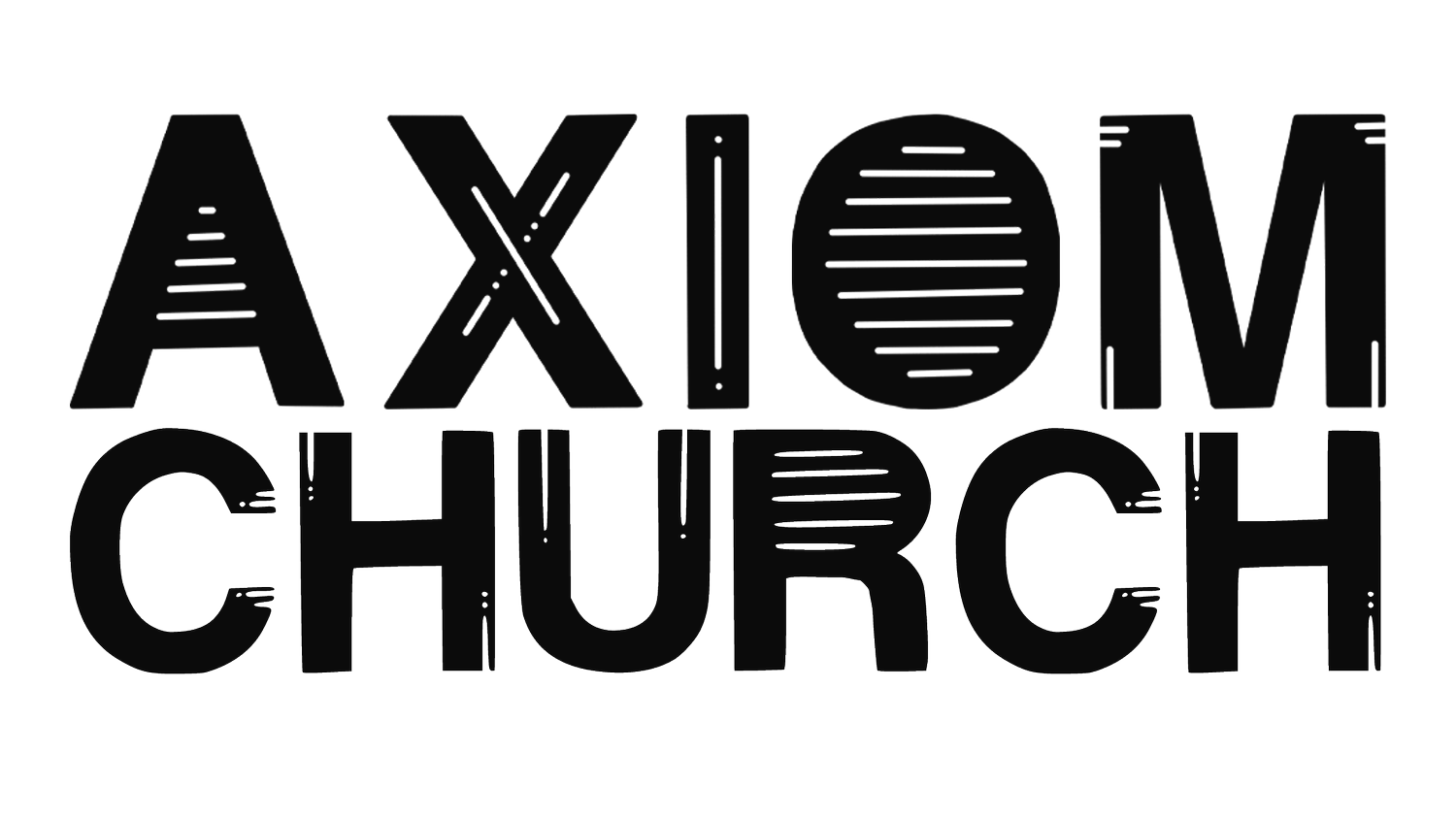by Johnny Kerr
On the first Sunday of 2021, Pastor Erik welcomed us into the New Year with an exploration of the First Epistle of John. As he unpacked the writer’s use of light as a metaphor, I couldn’t help but think about how our historical and cultural context might be over-informing our understanding of light and darkness as symbols of good and evil rather than as symbols of revelation and hiddenness.
I asked myself: “Although light and darkness may be helpful visualization tools for good and evil, are darkness and evil really synonymous? And if not, as I suspect, is distinguishing them from each other helpful?”
While pondering these questions, I thought about some of the ways that humanity has historically dealt with the hidden mysteries of the unknown. For example, it became common practice for medieval cartographers to illustrate unknown (terra incognita) or dangerous (terra pericolosa) territories on the map with graphic depictions of dragons, sea monsters, and other mythical beasts. Sometimes those maps would bear phrases such as “here there be dragons” or “tygers” or “monsters.”
Today we know that, though these territories indeed presented explorers with unique challenges and dangers to overcome, none of them actually contained mythical beasts such as dragons or sea monsters. These illustrated creatures were imaginative expressions of potential dangers rather than factual representations. They were placeholders for the mysteries of the unknown.
Darkness! What Is It Good For?
Mythology and literature throughout human history are replete with themes of good vs. evil, often infused with the dramatic imagery of light and darkness. In modern expressions, namely motion pictures, we frequently encounter the same mythological archetypes and metaphors. For example, George Lucas’ cultural phenomenon, Star Wars, overtly identifies the antagonists as practitioners of the “dark side.” These oversimplifications of good vs. evil and light vs. darkness are fine as storytelling devices. But, like all good metaphors, they eventually fall apart and cease being useful if we take them too far and allow them to define reality. Life is infinitely more complex than any one metaphor can contain, as is the Kingdom of God.
In contemplating these themes, I’ve come to the hypothesis that darkness, in and of itself, is not evil. Darkness merely provides an ideal environment of obscurity, a playground for that which desires to stay hidden. In the cover of night, destructive forces whisper from dark corners, attempting to draw us away from the light they wouldn’t dare approach lest they be seen for what they are. In the absence of light, corruption and malice run rampant. Although evil has no rightful claim over darkness, darkness is the only realm in which wickedness can take root and reign. For these reasons, I find that darkness as a metaphor, at least as it is used in the Bible, is better understood as hiddenness (lack of revelation) than as an evil entity unto itself.
Are You Afraid of the Dark?
The reason I’ve gone to the trouble of teasing out these subtle distinctions has much to do with the way we confront the darkness within ourselves. Our understanding here might even impact our motivation to confront our inner darkness at all. If we have the notion that in confronting the darkness within ourselves we are somehow flirting with evil, we may end up avoiding those places altogether, allowing what is hidden to stay hidden. Similarly, if we imagine these dark places as too mysterious and dangerous, full of mythical beasts and bogeymen, we may become too afraid to shine light into them. By avoiding our own darkness we allow what is hidden to wield its weapons of shame and fear against us, to continue the subtle deceptions that give it power to reign in the unexplored territories of our souls.
COVID-19 has wreaked havoc on lives across the world. Putting aside the obvious health and financial struggles plaguing most, it has also impacted many of us in more uniquely personal ways. For some, it has confronted us like an inescapable mirror, forcing us to reckon with parts of ourselves that were previously hidden in the mundane routine of pre-COVID daily life; in the illusion that we have everything under control. Personally, this last year has revealed much to me about the depths of my struggles with anger.
I’ve always felt emotions with a great, driving intensity. It serves me well as an artist. It serves my family and community well when it comes to feelings like love and compassion. But I struggle when it comes to emotions like anger. Anger is a large territory that I’ve always known existed in me. Although I’ve certainly grown and matured over the years, in full transparency, I’ve been afraid to become too acquainted with anger in particular lest it overcome me. At times I’ve fooled myself into thinking I’ve tamed this particular beast, only to have extreme circumstances bring it to the surface and knock me down. Among the many challenges COVID brought to light, anger reared its ugly head over and again to the point that I found myself feeling helpless and lamenting:
Anger’s hooks sink deep
Tendrils pierce marrow
A devilish transfusion underway
A moment of peace
Filled with holy light
No, but a taste and my demon is loosed
Principles trampled
I hate that I am
become visceral rage that will not still
I wrote this short poem in a particularly difficult moment. I was angry about how angry I was about circumstances that were beyond my control. Seriously! I was angry about being angry! The only thing I could think to do was to call it out by name and curse it. Just as mythical beasts on medieval maps were not literal representations of reality, neither is this poem. It is a temporary placeholder that merely acknowledges my fear of the hidden and scary places within myself. It is a small step towards giving some form of identity to this unknown territory. The next step is to surrender, to lay down my fears and invite Jesus to walk further into it with me. Little by little, we will push onward into these territories, demystify the unknown, address conflicts as they arise, and surrender them to the Light of Jesus. This is a lesson I must relearn over and again.
A New Hope
Changing our calendars to 2021 does not guarantee that we are free from the struggles we faced in 2020. Neither will any elected politician fix everything that is wrong with our lives and our country. It also seems that COVID will be hanging around for awhile. As exhausted as we all feel presently, we have no choice but to press into the unknown future. The good news is that, as followers of Jesus, our true hope lies in none of these worldly things. We have an Eternal Spirit, a Prince of Peace, a Heavenly Father to look to. We have God With Us.
My hypothesis claims that darkness itself is not evil; evil just hangs out there. There may indeed be monsters lurking in the unknown darkness. But, more likely than not, we will often find that our fear is actually bigger and more debilitating than any hypothetical monsters lurking in the dark. Darkness is not substantial. It is merely the absence of light, and there is no amount of darkness that can resist the smallest glimmer of light. So, in the words of the Lord’s many messengers throughout the Bible, fear not! You need not dread pressing into your own dark places because the Light of Christ is in you. His light shines into the darkness, and the darkness cannot overcome it.




